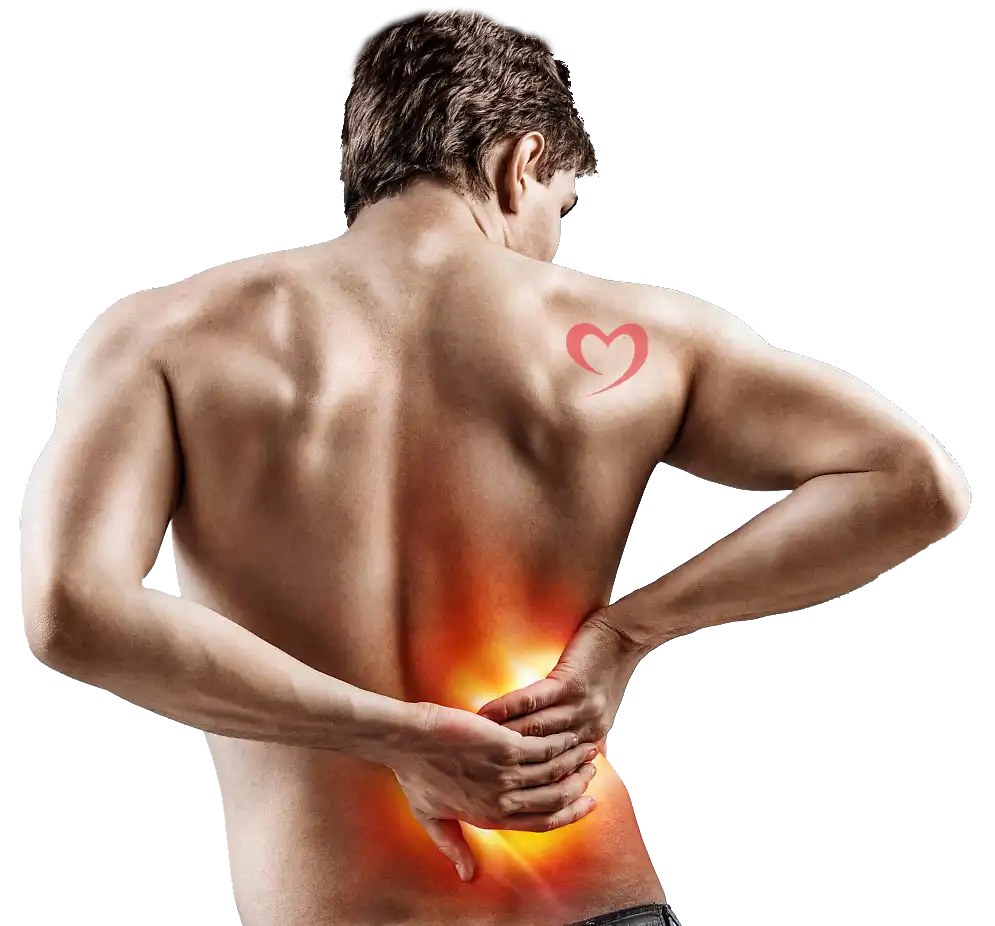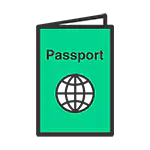Fortunately, there are several options for effective treatment and removal of kidney stones, most of which are slightly invasive (ie do not require complicated and complicated surgeries). In addition, doctors perform various tests to determine what is causing the kidney stones in the person. Depending on the results of these tests, appropriate treatment methods or programs can be developed to make changes in patients’ lifestyles so that they do not have this problem again in the future.





The kidneys are responsible for purifying waste and excess body fluids, but sometimes they form a hard mass called a kidney stone. Kidney stones usually form in the body when there is a large amount of waste in the body but not much fluid inside the kidney. Body waste can also contain minerals and other substances that combine to form stones of different sizes and dimensions (from a grain of sand to a bean and even the size of a ping pong ball).
In terms of the price of health services, Healtha aims to offer the most competitive prices with other countries so that the price of Healtha services is much lower than the price of similar services around the world.
In this section, you can watch videos related to your treatment.
These videos are just a small part of a big change in Healtha.
Our patients’ experience of Healtha treatment
A kidney stone is a hard object that is made from chemicals in the urine. Urine has various wastes dissolved in it.
Possible causes include drinking too little water, exercise (too much or too little), obesity, weight loss surgery or eating food with too much salt or sugar. Infections and family history might be important in some people. Eating too much fructose correlates with increasing risk of developing a kidney stone. Fructose can be found in table sugar and high fructose corn syrup. In some individuals, fructose can be metabolized into oxalate.
The symptoms could be one or more of the following:
severe pain on either side of your lower back
vague pain or stomach ache that doesn’t go away
blood in the urine
nausea or vomiting
fever and chills
urine that smells bad or looks cloudy
You may be asked to drink a lot of water. Doctors try to let the stone pass without surgery. But if it is too large, if it blocks the flow of urine, or if there is a sign of infection, it is removed with surgery.
Shock-wave lithotripsy is a noninvasive procedure that uses high-energy sound waves to blast the stones into fragments that are then more easily passed out in the urine. In ureteroscopy, an endoscope is inserted through the ureter to retrieve or obliterate the stone. Rarely, for very large or complicated stones, doctors will use percutaneous nephrolithotomy/nephrolithotripsy.
About half of all people who have a kidney stone develop another one within 10 years. Sometimes stones can be prevented from forming.
If you have had one stone, you are less likely to have a recurrence if you drink plenty of water throughout the day. By keeping urine diluted you reduce the chance of chemical build up. You should aim to drink between two and three litres a day (unless your doctor advises otherwise). If you live or work in a hot environment, you should drink even more.
Read Also
Read Also
No. 326, St. Khaje Nasir , St. Shariati Tehran , Iran
info @ healtha.health
+98 910 398 2050
© 2024 Healtha Corporate . All rights reserved.
If you are seeking advice or treatment from Healtha
Please fill in the submission form and send it .
Rest assured that you will be contacted by Healtha at the earliest opportunity without wasting time .